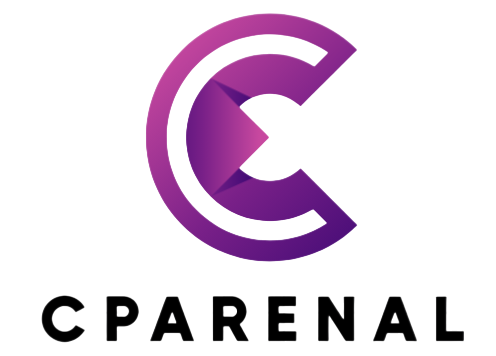
Maintaining Your Dust Collector: How Often is Ideal
Keeping your residue authority clean and all around maintained is crucial for optimal performance and safety. Nonetheless, the recurrence of cleaning and maintenance may vary relying upon factors like usage, environment, and the sort of residue gatherer. Here is a useful aide with subheadings to assist you in deciding how frequently you should clean or maintain your residue gatherer. Keep your workspace clean and free of debris with our efficient dust collector, designed to effectively capture and contain particles for a safer and healthier environment.
- Regular Inspection
Performing regular inspections of your residue authority is essential to distinguish any potential issues or areas that require attention. Check for indications of residue buildup, garbage accumulation, or wear and tear on components like channels, hoses, and seals. Conducting visual inspections at least once seven days can assist you with staying proactive in addressing maintenance needs before they escalate.
- Manufacturer’s Recommendations
Allude to the manufacturer’s rules and recommendations for cleaning and maintenance intervals intended for your residue gatherer model. Manufacturers frequently give detailed instructions on how much of the time certain components ought to be cleaned or replaced based on factors like usage and environmental conditions.

- Usage Recurrence
Consider the recurrence and duration of purpose while deciding how frequently to clean or maintain your residue authority. Assuming that you utilize your residue gatherer as often as possible or for expanded periods, it may require more successive cleaning and maintenance to forestall dust buildup and maintain productivity. On the other hand, on the off chance that your residue gatherer sees occasional use, you may be able to expand the intervals between cleanings.
- Environmental Factors
Environmental factors, for example, dust concentration, dampness levels, and air quality can impact the cleanliness and proficiency of your residue gatherer. In environments with high residue levels or airborne contaminants, more successive cleaning and maintenance may be necessary to forestall stopping up and guarantee appropriate filtration.
- Performance Monitoring
Monitor the performance of your residue authority regularly to gauge its adequacy in capturing dust and maintaining airflow. Indications of decreased suction power, increased clamor levels, or apparent residue emissions indicate that your residue authority may require immediate attention. Conduct performance tests periodically to assess filtration effectiveness and airflow speed, and adjust your cleaning and maintenance plan accordingly. Enhance your woodworking or crafting experience with our powerful dust collector, engineered to minimize cleanup time and maintain air quality in your workshop.



